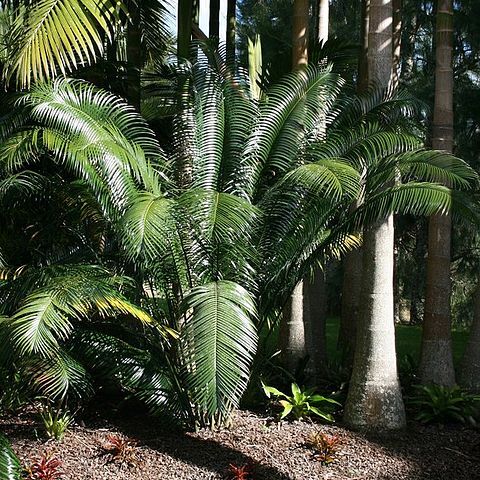Stems erect, to 4 (rarely 7) m tall, to 80 cm diam. Leaves to 150 in the crown, 150-300 cm long; petiole 30-60 cm long. Pinnae 150-250, not secund, 20-40 cm long, 5-13 mm wide, with 7-13 parallel veins, amphistomatic, but stomata mainly on the abaxial surface. Pollen cones cylindrical, 45-75 cm long, 12-19 cm diam.; sporophylls cuneate, to 50 mm long, 30 mm wide. Female cones cylindrical, 40-90 cm long, 12-25 cm diam.; sporophylls 5-7 cm long, apically 4-8 cm wide and 2-3 cm high. Seeds 40-60 mm long, 25-30 mm wide, red.


